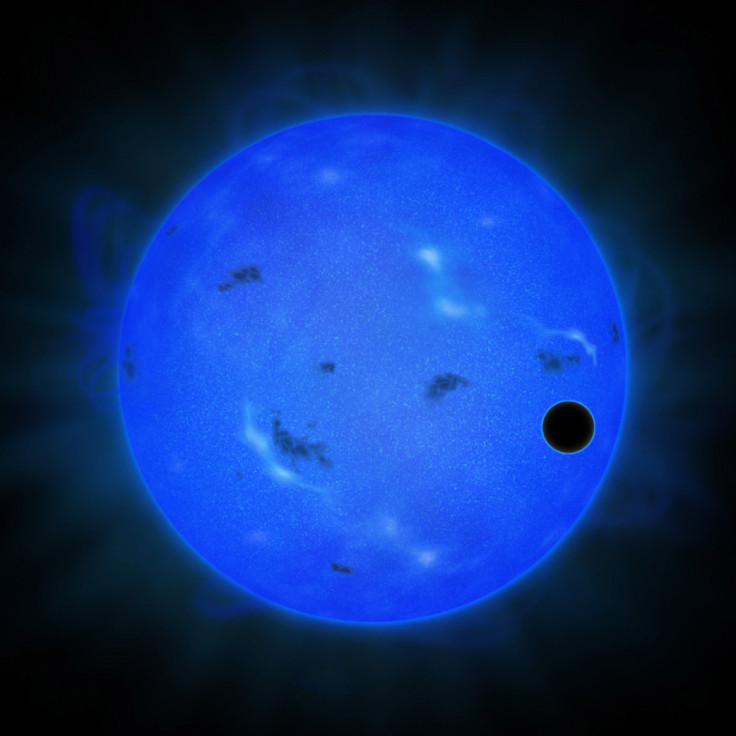Super-Earth GJ 1214 b May Have A Water-Rich Atmosphere, Located Just 40 Light-Years Away
GJ 1214 b is described as a super-Earth is located just 40 light-years from Earth, in the constellation Ophiuchus, and new research revealed the planet may have a water-rich atmosphere.

First discovered in 2009, GJ 1214 b is described as a super-Earth due to its size and mass being larger than Earth but smaller than ice giants such as Uranus. The exoplanet orbits around its host star, a red dwarf star, approximately 70 times closer than the Earth is to the Sun, reports European Southern Observatory.
The water-rich atmosphere of the super-Earth was discovered by astronomers using the Subaru Telescope. The researchers were observing GJ 1214 b’s atmosphere to determine if it had high levels of water or hydrogen. Using two of the telescope’s equipped cameras, the Suprime-Cam and the Faint Object Camera and Spectrograph (FOCAS), the team was able to determine GJ 1214 b’s atmosphere was made up of water rather than hydrogen. The research was published in the Astrophysical Journal.
To determine the composition of a planet’s atmosphere researchers observe the planetary transits, enabling the team to examine any changes in brightness as a planet passes in front of its host star. According to the researchers, the Rayleigh scattering process can be used to determine the composition of an atmosphere. Rayleigh scattering is what makes the sky appear blue as sunlight is scattered by molecules in the atmosphere.
Astronomers used a blue filter, as it has a shorter wavelength and Rayleigh scattering creates a more significant change in the blue wavelength than the red wavelength. An atmosphere with a greater concentration of hydrogen will lead to increased Rayleigh scattering of the blue wavelength whereas a water-rich atmosphere will have less scattering of the blue wavelength.
GJ 1214 b’s did not produce strong Rayleigh scattering and, based on previous research on this super-Earth, lead the team of researchers to conclude the planet has a water-rich atmosphere. Another possibility, based on the observations, is an extremely cloudy atmosphere with high levels of atmosphere as clouds can also limit Rayleigh scattering. The team plans to perform more observations using the Subaru Telescope in the near future.
While the news of a water-rich atmosphere is exciting, it appears unlikely the super-Earth can sustain life. Due to its extremely close orbit around its host star, GJ 1214b has an extremely high surface temperature, up to 200 degrees Celsius (392 degrees Fahrenheit), reports ESO.
© Copyright IBTimes 2024. All rights reserved.






















